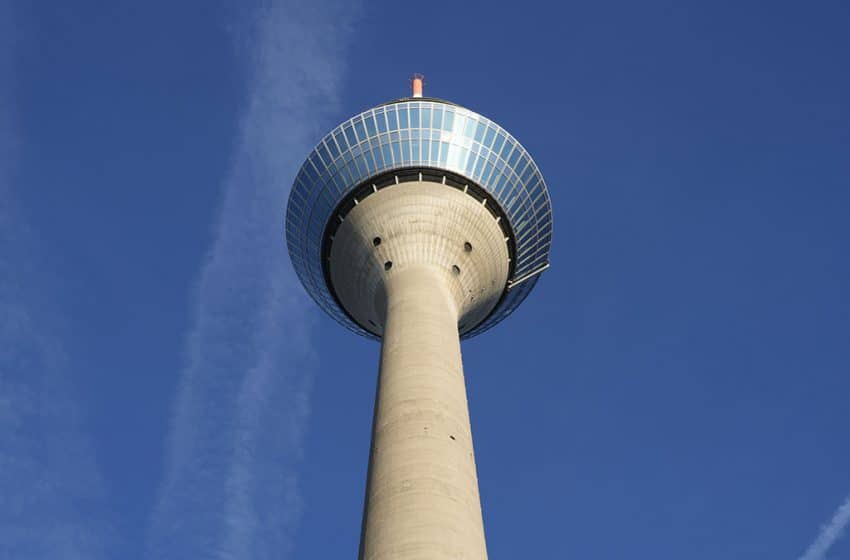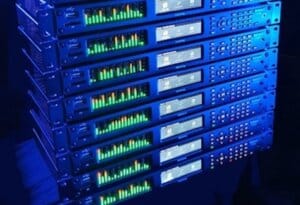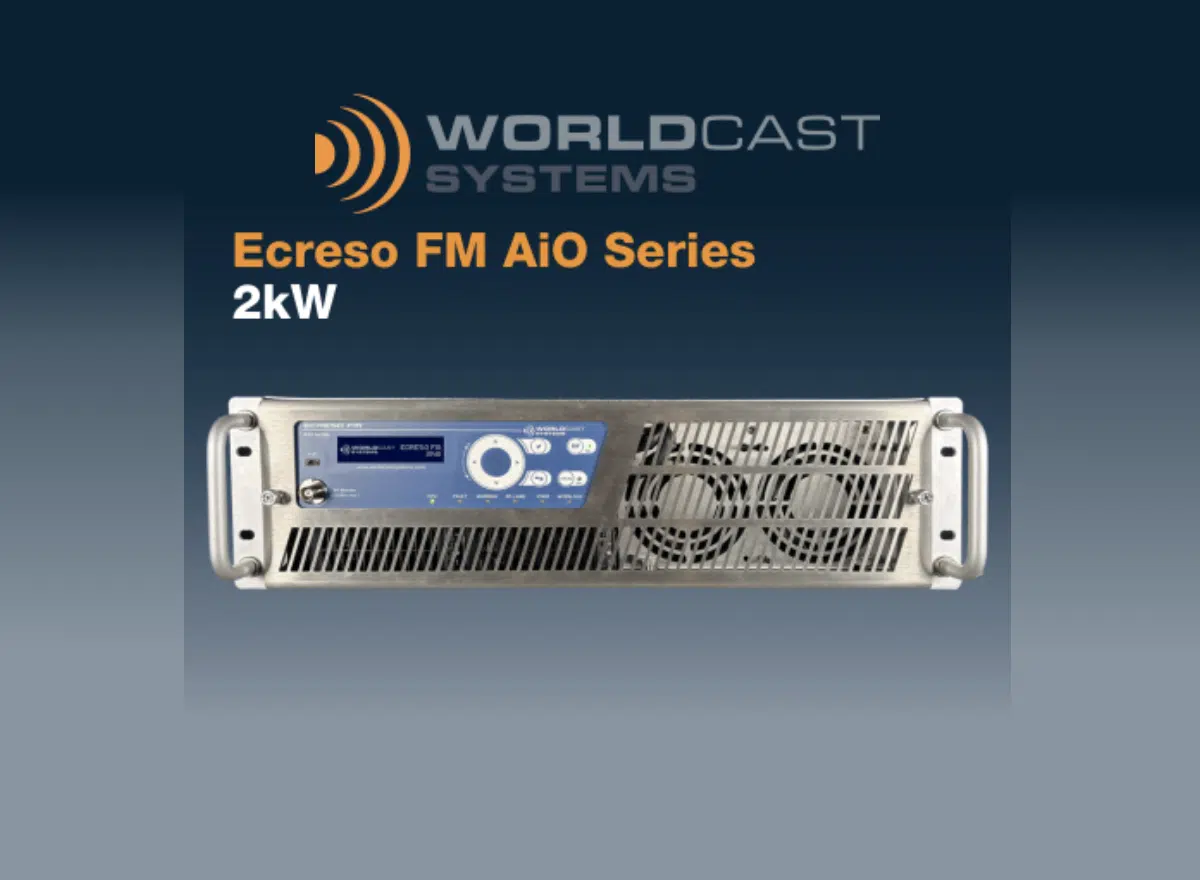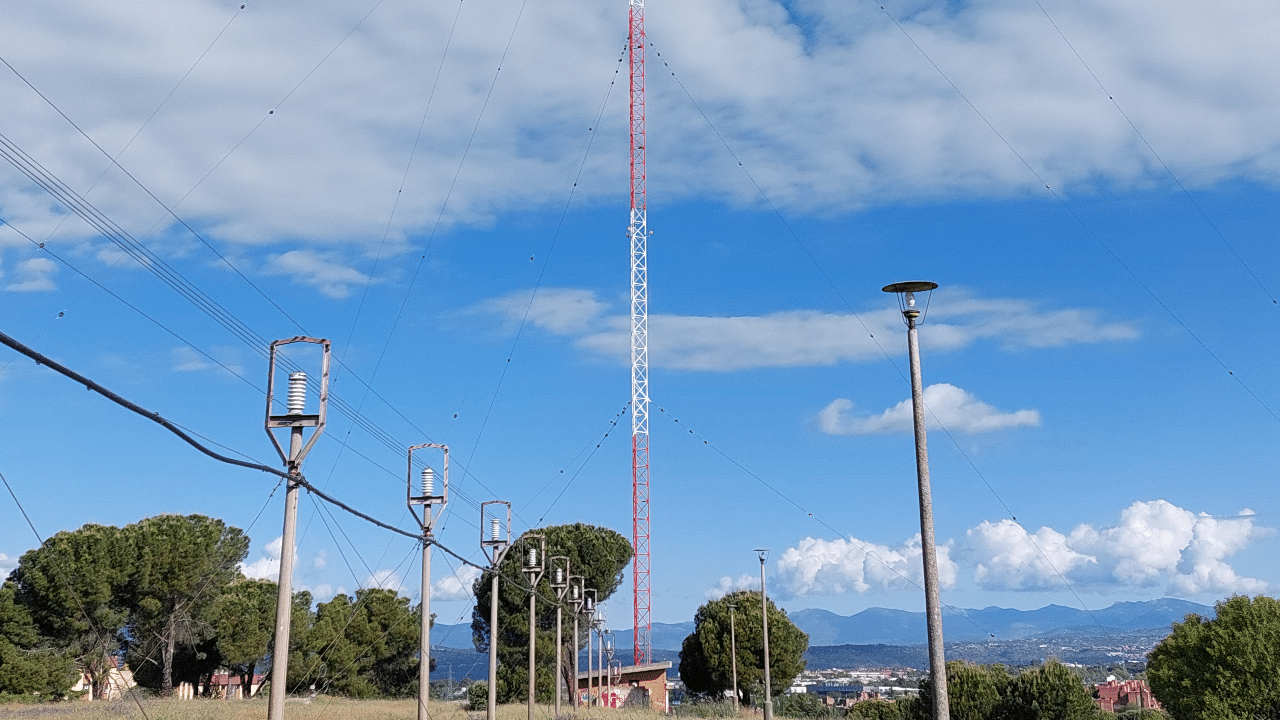
MERIGNAC, France — A large-scale rollout of SmartFM AI technology in Germany is enabling broadcasters operating Ecreso transmitters to reduce their energy consumption by up to 40%. This rollout — across 800 FM transmitters — is an important step toward decarbonizing the country’s FM broadcast sector.
As a significant energy consumer, the broadcast industry is increasingly focused on products and technologies that produce the lowest possible footprint. However, a major challenge for sustainable solutions is that many broadcasters work to tight budgets while also trying to manage rapidly growing energy costs.
So, where are the current energy inefficiencies in FM transmission? A typical transmitter has different stages, including one or more power blocks capable of supplying anything from a few watts to 10 kW for standard models. The efficiency of the most recent 10 kW transmitter sitting at about 76% translates into a direct electrical power consumption of about 13.3 kW per hour, 24 hours a day. The result is that in a single year, the electricity consumption for one 10 kW FM transmitter is around 120 MWh; that’s about half the annual electricity consumption of a city the size of Berlin.
SmartFM allows broadcasters to reduce their energy costs by up to 40% without impacting either audio quality or coverage.
This cost base of such calculations should also include indirect electricity consumption, such as the forced ventilation of a transmitter’s amplifier stages and a portion of the air conditioning of the premises housing the transmitter. In each case, these additional costs are directly proportional to the dissipation of a transmitter, which, in turn, is directly related to its output power.
While purely technological efforts have significantly improved the efficiency of transmitters over the years, there remains little additional scope to move beyond the current state due to the theoretical limits of physical component optimization.
Instead, innovation depends on addressing the structural fundamentals of FM, particularly by combining the tremendous progress made in transmitter and receiver performance with “intelligent” transmission management.
A major technology rollout

Designed and launched as the first Artificial Intelligence for radio, SmartFM is a patented algorithm that allows broadcasters to reduce their energy costs by up to 40% without impacting either audio quality or coverage.
Germany bought nearly 2000 Ecreso FM transmitters; Uplink Network GmbH operates almost half of those. With the support of Uplink and radio stations it serves, including public broadcasters such as Deutschland Radio, RBB, WDR and NDR, SmartFM is now deployed on Uplink´s entire Ecreso transmitter infrastructure.
German technicians have been testing this disruptive technology since 2020. After in-lab tests, to understand the functioning, Uplink and various radio stations moved forward with on-air tests to evaluate the impacts on the coverage and the audio quality. For months, SmartFM ran on pilot transmitter sites without the listeners noticing anything. Progressive implementation started with a launch at the end of 2021 and continued until the end of 2022. The first group of radio stations reported consistently positive field performance, with SmartFM delivering energy savings without impacting audio quality and coverage.
Uplink estimates SmartFM will help its broadcasters reduce CO2 emissions by 400 tons annually. In addition, SmartFM is also driving down their electricity bills. Given the significant rise in electricity costs across Europe, the technology offers considerable potential for broadcasters looking to reduce their energy use. Depending on network size, transmitter power range and program content, savings could range from a few hundred euros per year for low-power FM transmitters to millions of euros annually for fleets of high-power FM transmitters.
The author is co-president of WorldCast Systems.





















